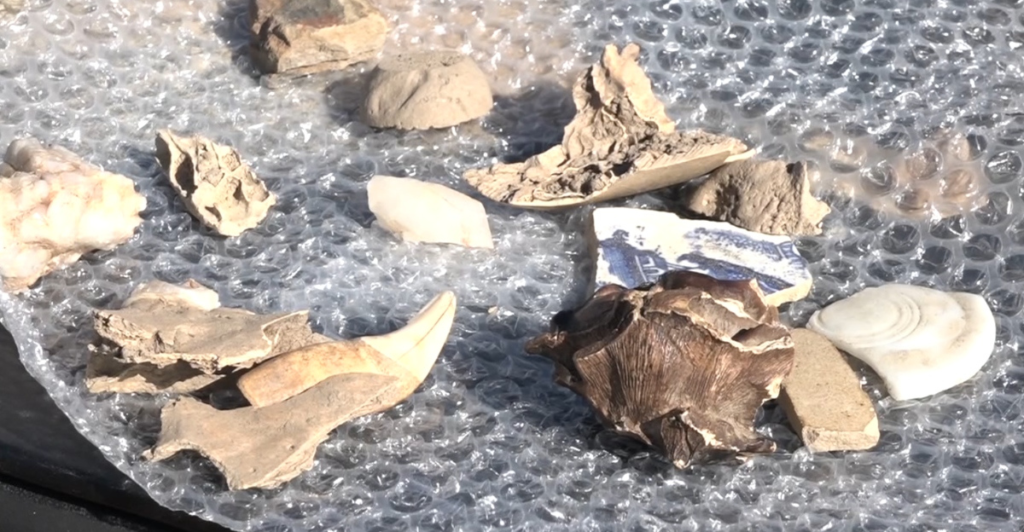
Taylor Endres, while gardening on what appeared to be an ordinary afternoon in Fishersville, Virginia, didn’t ever dream that she would stumble upon something that would make even the Smithsonian drop its jaw. A puzzling object lay seven inches under the ground, hidden amidst the roots and dirt, something not quite fitting into any known class.
Was it an ancient relic, fossilized vegetation, or an alien fossil? The fossil is still unrecognizable even upon consulting some of the most renowned minds. While researchers struggle to find out what this object really is, the question is: What in Heaven, or elsewhere, did she unearth?
The Unexpected Discovery
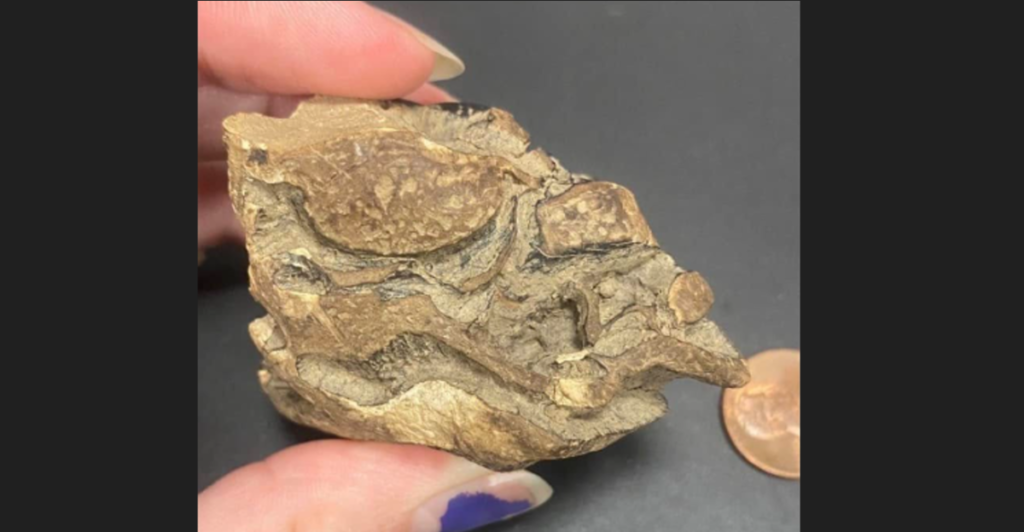
Taylor Endres was engaging in some regular gardening in 2022 when she hit something solid just inches beneath the soil. She thought that it was a rock, excavated it, and instead of a rock, to her surprise, she unearthed something she’d never seen before.
As large as her fist, its surface looked something like the skin on a mushroom or pinecone. Fascinated, Endres brushed the earth off the object and began speculating on what it might have been.
Initial Steps towards Identification
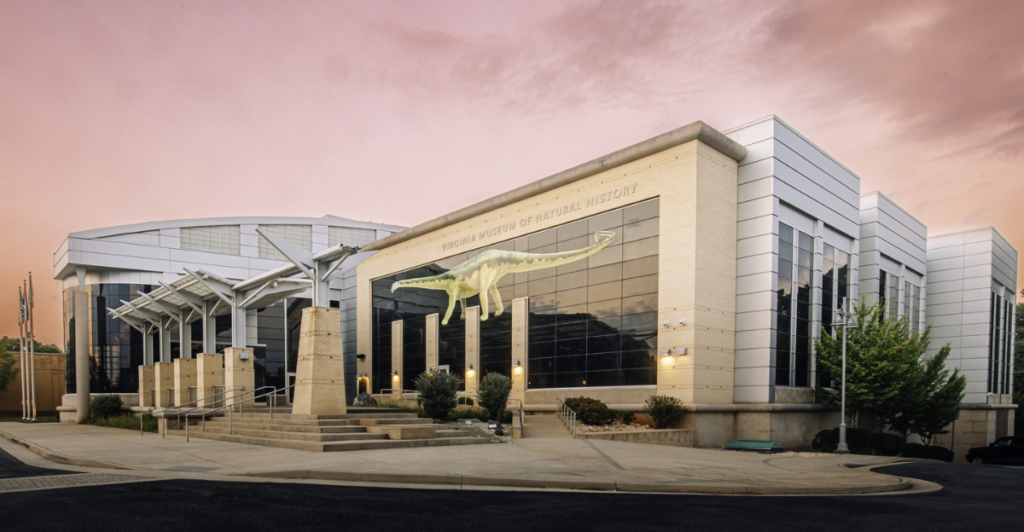
Not someone to leave a mystery dangling, Endres sought out experts in the field. She started at the Virginia Natural History Museum. Upon seeing the mysterious piece, scientists confessed that they were just as perplexed.
Fascinated by the object’s evasive nature, they recommended she bring it to the Smithsonian, where some of the brightest minds in paleontology and archaeology could possibly know the answer to how it got there.
Smithsonian Experts Baffled

Even at the Smithsonian Institution, the country’s finest center for scientific and historical research, the fossil was still a mystery. Staff concluded that the object was of plant origin but could not define the type of plant or age.
That left Endres with more questions than she had come with. Museum paleontologists eliminated the possibility of it being extraterrestrial life and bones, but past that, their knowledge was spent.
Theories Galore—But No Solution
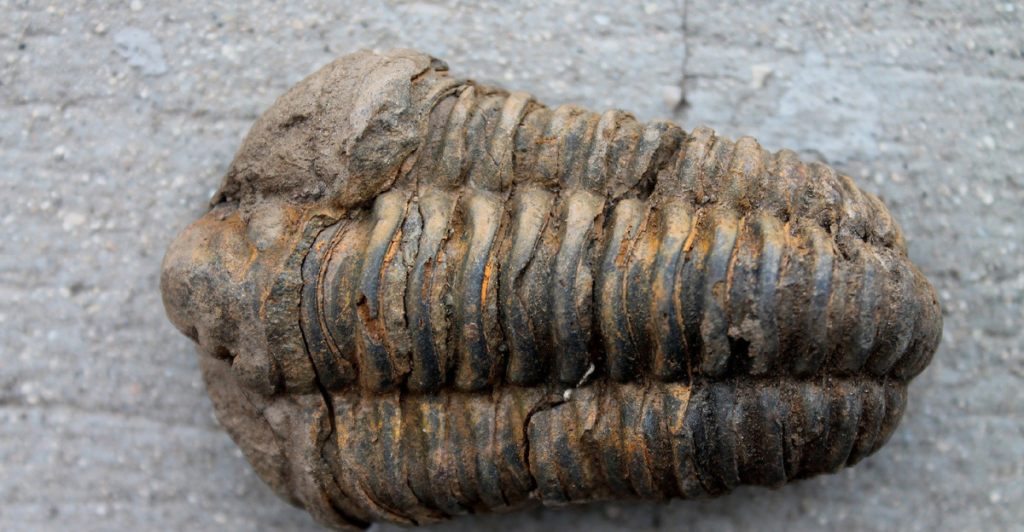
Since the news of the discovery became public, rumors have run rampant. Is it a fossilized pinecone from ancient times, fossilized fungus, or something entirely new?
Even amateur fossil hunters and professional scientists have weighed in, offering ideas that range from possible to outlandish. But Endres is determined to get to the bottom of what actually occurred, even if it takes years to solve the mystery.
Why Is It So Hard to Recognize?

A big part of the issue in recognizing the fossil is that it has such a large combination of features; patterns close to organic but unclassifiable. Fossils generally tend to look like many other things, but this combination of mushroom and pinecone shapes frustrates experts.
The mineral construction, texture, and overall composition of the fossil just don’t appear like a recognized sample.
An Academic Odyssey

Determined not to leave any stone unturned, Endres has since taken the fossil to James Madison University and intends to consult with even more schools throughout Virginia.
The next step could be carbon dating to at least find out how old the fossil is, but the process is costly and time-consuming. Meanwhile, the curious find quietly sits in storage, awaiting a break-through.
Community Reactions and Speculation

Neighbors and internet surfers have been abuzz with the news. Some think it’s the fossil of some bizarre plant, while others indulge in fantasy and savor alien artifact or ancient relic fantasy.
Whatever the case, the fossil has certainly generated publicity much greater than Fishersville. Endres hopes someday to know the whole story, even if it takes generations.
Preserving the Mystery
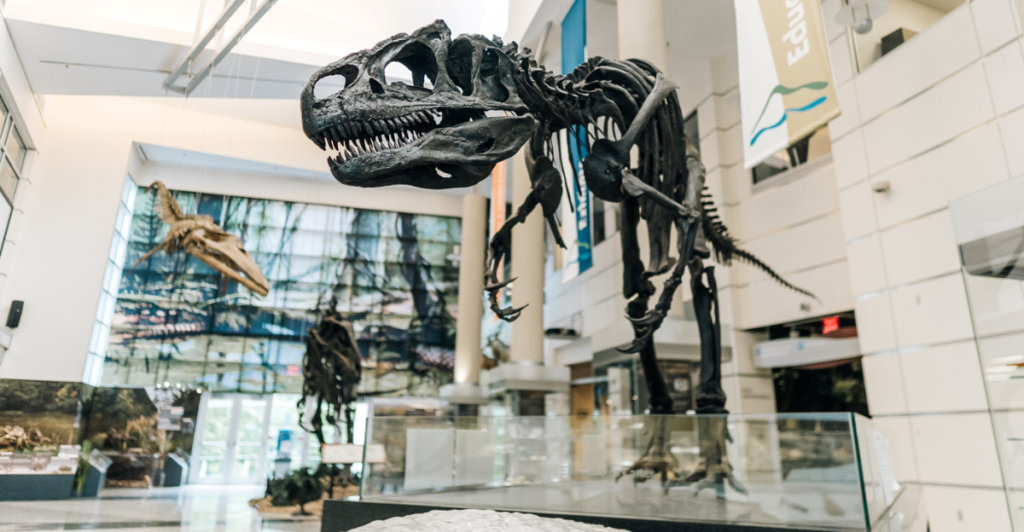
As the scientists continue their research, the fossil will one day be housed in the Virginia Natural History Museum’s new Waynesboro campus after the building has been finished.
There, it will be presented as an enigmatic artifact that still refuses to be deciphered: an ever-present reminder of the power of nature, to surprise even the most experienced scientists.
What’s Next for the Fossil?

With new technology being developed in paleontology and geology, we continue to hope that scientists will someday unlock the secrets of this mysterious fossil.
Until that time, it remains a captivating enigma that reveals how much we have yet to discover about Earth’s ancient past. For Taylor Endres and scientists everywhere, the search for answers will continue.
Explore more of our trending stories and hit Follow to keep them coming to your feed!

Don’t miss out on more stories like this! Hit the Follow button at the top of this article to stay updated with the latest news. Share your thoughts in the comments—we’d love to hear from you!







